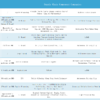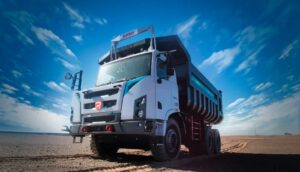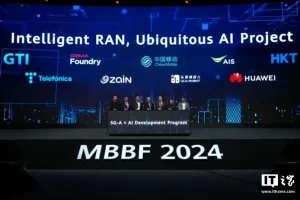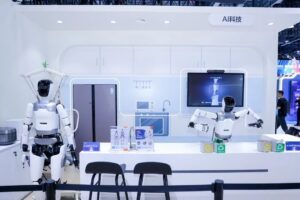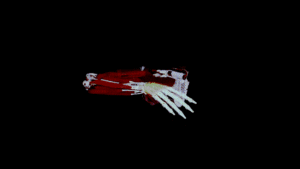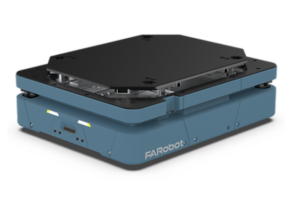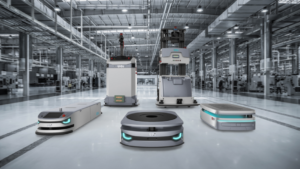On November 6, 2024, during AI Tech Day, Xpeng unveiled its new-generation humanoid robot, Iron. Featuring a human-like design, Xpeng’s proprietary AI chip, and an advanced intelligent system, Iron marks its latest venture in robotics technology and underscores its ambitions to commercialize humanoid robots.
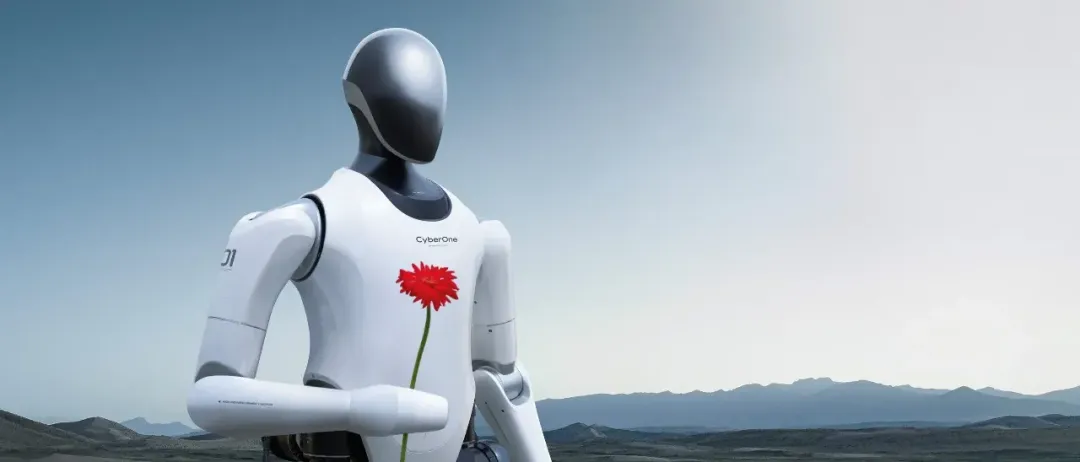
Comprehensive Upgrades for Factory Work
Iron has received a significant upgrade over its predecessor, PX5, with enhancements across design, hardware, and functionality:
Human-like Design: Iron stands 178 cm tall, weighs 70 kg, and has 62 degrees of freedom for greater adaptability in various tasks.
Dexterous Hands: Its hands are designed at a 1:1 human scale, with 15 degrees of freedom and tactile feedback, allowing Iron to handle complex, delicate tasks.
Actuators: Equipped with next-gen linear actuators and miniature finger joints, Iron’s torque density has improved by 20%, enhancing strength and stability.
AI Chip: Powered by Xpeng’s self-developed Turing AI chip with 3000 TOPS, Iron can process complex tasks swiftly and accurately.
Vision System: Xpeng’s Eagle Eye AI vision system allows Iron to achieve 720° environment sensing, enabling precise spatial awareness and obstacle avoidance.
Iron is already in trial use on Xpeng’s Guangzhou production line, handling basic assembly tasks like tightening screws. In the future, Iron is expected to take on more roles within factories and may even appear in retail settings as a customer assistant, opening new avenues for Xpeng’s intelligent robot commercialization.
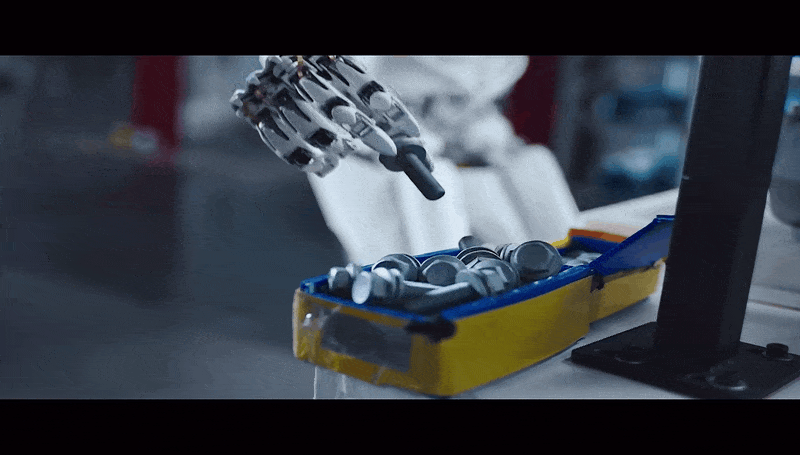
Xpeng’s Journey: Progress Amid Setbacks
Xpeng’s robotics journey began in 2020 by acquiring Dogotix, a quadruped robot company, and establishing Pengxing Intelligence to pursue robotics. The initial research efforts led to the PX5 humanoid robot debut in October 2023, showcasing Xpeng’s foundational technologies in this space. However, development faced challenges, including organizational restructuring, layoffs, and executive departures, which sparked speculation about a potential withdrawal from the field.
Despite these obstacles, CEO He Xiaopeng maintains that robotics and automotive technologies share substantial synergies, validating Xpeng’s strategic investment in robotics as a long-term venture.
Xpeng’s main competitor in humanoid robotics is Tesla. Like Xpeng’s Iron, Tesla’s humanoid robot Optimus incorporates technologies from its automotive AI and autonomous driving systems, with initial use cases within factory settings. For automotive companies, entering the humanoid robot field not only expands technological horizons but also aligns with broader visions of a smart, automated future.
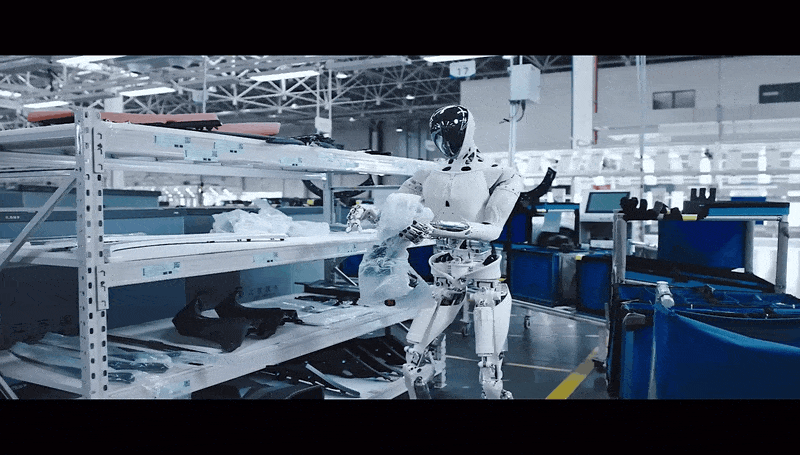
As AI and automation continue to evolve, the boundary between vehicles and robots blurs. Though each company’s goals and methods differ, core AI, visual perception, and automation capabilities remain essential. How intelligent mobility and robots will ultimately transform our lives will unfold over time, but it is clear that AI’s role is pivotal to the future.
In a world of technological progress, companies without AI capabilities may struggle to thrive.

